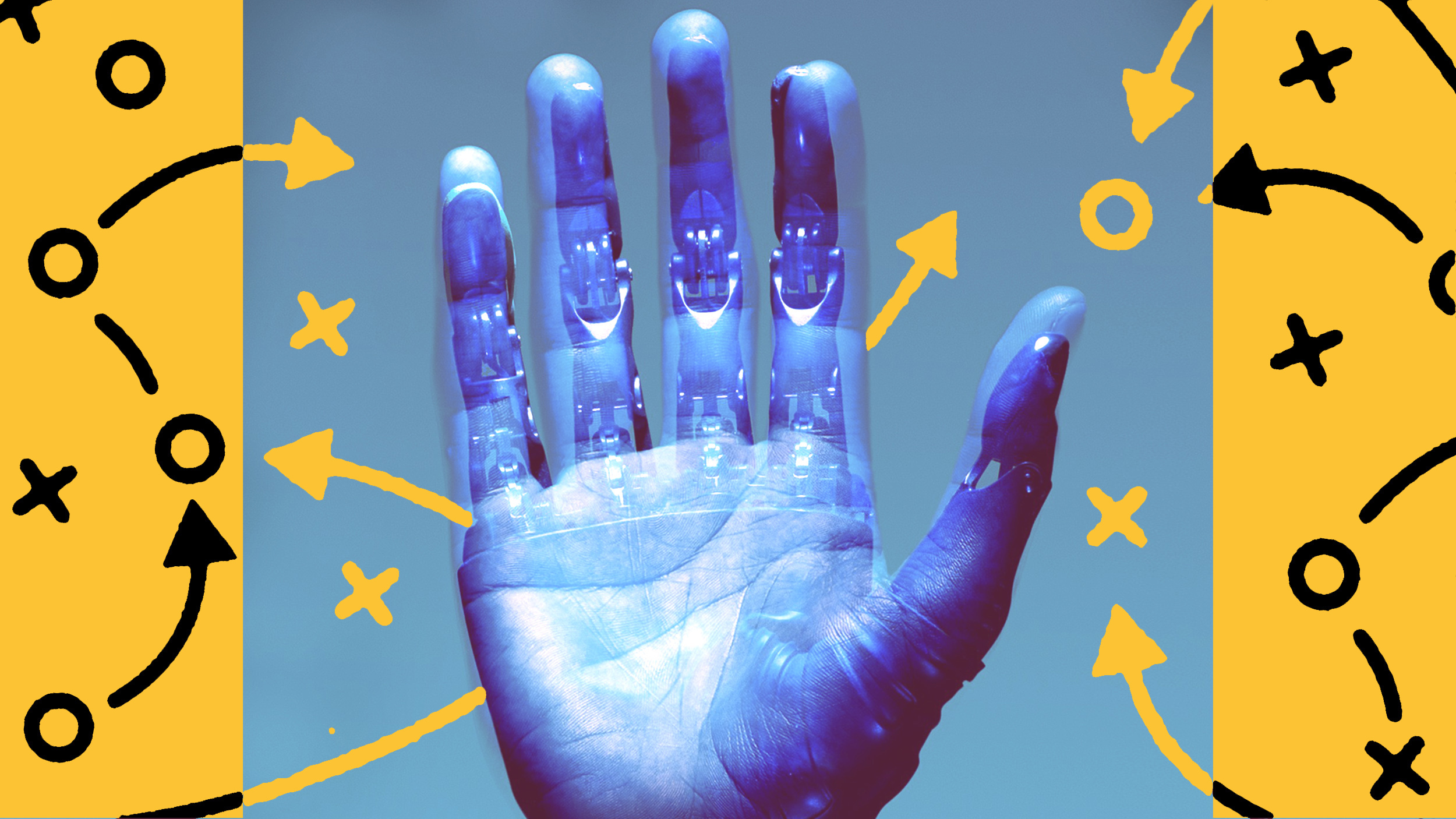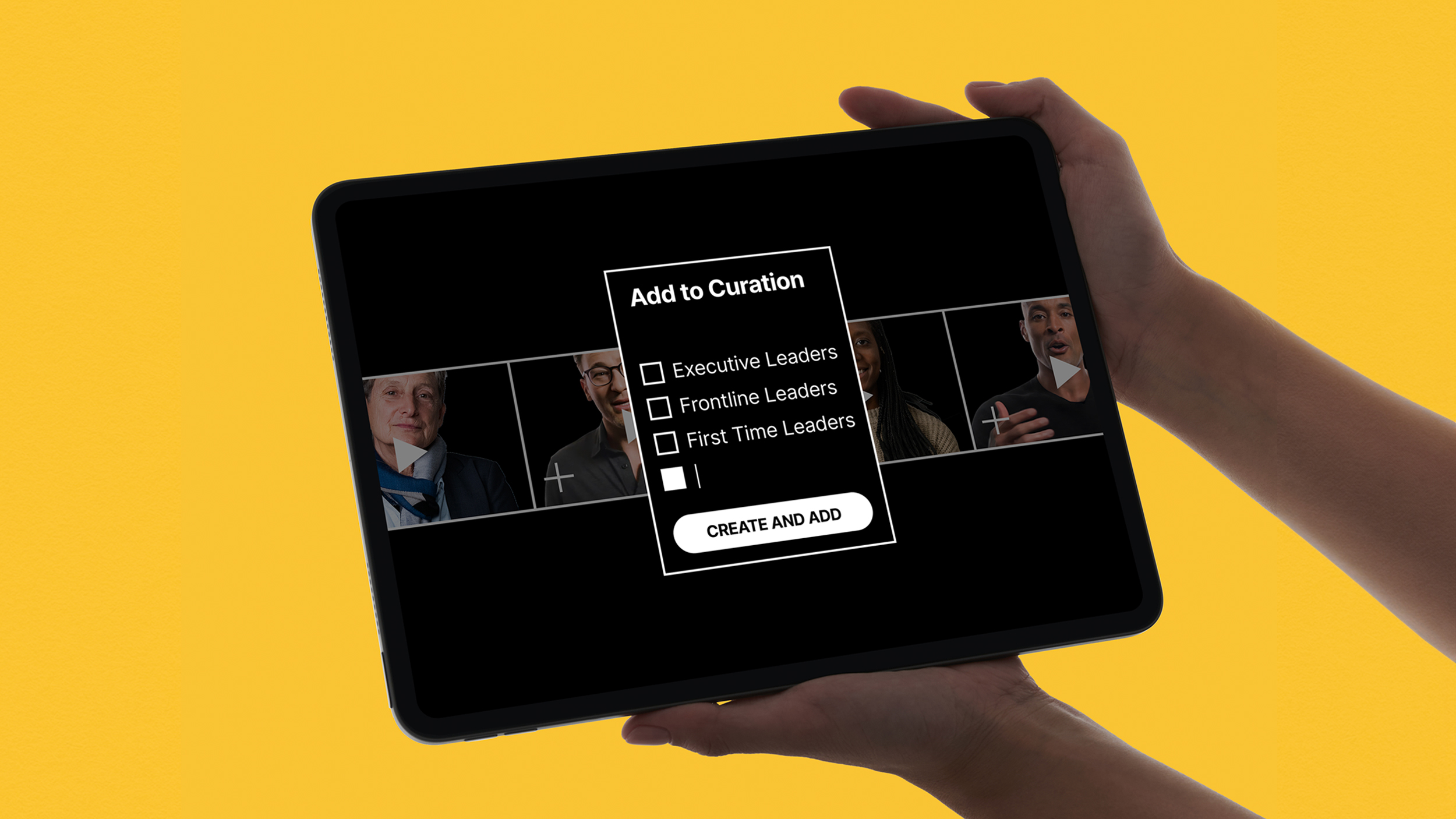3 Reasons Your Organization Needs Self-Directed Learning

Many organizations look for ways to improve their employee learning and development programs in the new year. One solution with proven results is self-directed learning.
Self-directed learning, or SDL, is a process that empowers individual employees in an organization to take the initiative with their own learning—selecting their own learning tasks to fit their own needs and goals. In recent years, self-directed learning has gained in popularity and importance for organizations of all sizes.
Why should your organization consider self-directed learning this year? A few reasons include:
1) To Avoid Wasting Training Time On Redundant Lessons
A common issue with traditional training programs is that they tend to have a “one size fits all” approach to employee learning. Every employee sits down for the same lessons—regardless of their learning style or actual knowledge level on the topic.
The end result? Some employees are forced to waste time on lessons covering content they’ve already mastered. These employees quickly become disengaged with their lessons because they don’t see any value—and because it’s boring to be told things they already know.
While reinforcing lessons is important for preventing learning loss shortly after a lesson has been completed, putting a veteran with years of experience at a particular skill through the same training as a newer team member with little to no experience just isn’t a good use of training time.
Self-directed learning helps to alleviate the burden of redundant lessons by putting the power in your employees’ hands—allowing them to choose the lessons of most interest and importance. This dramatically helps to improve employee engagement with lesson content. As Shannon Cassidy, CEO of Bridge Between Inc., states in an article posted on LinkedIn:
“At a reasonable level… self-directed learning gives employees a personal stake in the workplace. The ability to choose their own goals and work toward them is a powerful motivator. Think about how motivated we are by hobbies, because they interest us and are a task of our own choosing.”
By focusing on lesson content that employees have relevance with and a passion for, information retention—and thus training ROI—improves.

2) It Allows Employees to Reinforce Their Strengths as Learners Without Extensive Learner Profiling
There’s an old quote that is attributed to Albert Einstein (potentially erroneously) that goes something like “Everyone’s a genius. But, if you judge a fish by its ability to climb a tree, it will spend its whole life believing it is stupid.” The same goes for learning in the workplace—The not everyone learns the same things in the same way at the same rate.
The issue here is that it is incredibly difficult to gather all of the data about every individual employee’s strengths and weaknesses as a learner and then tailor a training regimen for each one. In most cases, this approach is not really scalable across the whole organization.
Self-directed learning helps employees leverage their strengths by allowing them to choose the lessons that most interest them. This helps save time and money on effective employee development programs—and creates a solution that is much easier to scale.
It is important to still provide some guidance for self-directed learning so employees focus on skills that are useful to the organization as a whole. One way to do this is to create a list of desired skills in the organization and incentivize employees to learn those particular skills. Incentives could include monetary compensation, internal mobility opportunities, and even tracking who has the most skills to encourage competition.
3) Because Learners Can Set Their Own Pace
In an interview with Big Think, Steven Kotler, a best-selling author, journalist, and entrepreneur, talks about something he calls “flow cycles.” He defines these cycles as “an optimal state of consciousness… where we feel our best and we perform our best… And throughout, all aspects of performance, mental and physical, go through the roof.”
As it turns out, in Kotler’s “flow cycle,” the brain undergoes some changes for the duration of that state. Surprisingly, the biggest change is a slowdown in some parts of the brain. According to Kotler:
“Inflow parts of the brain aren’t becoming more hyperactive, they’re actually slowing down, shutting down. The technical term for this is transient, meaning temporary, hypo frontality… the prefrontal cortex, the part of your brain that houses your higher cognitive functions, your sense of morality, your sense of will, your sense of self. All that shuts down… We’re free of ourselves. Creativity goes up. Risk-taking goes up and we feel amazing.”
Entering this state of flow, of intense focus, is incredibly difficult for learners who are trying too hard to cram information into their brain on a set schedule. As Kotler states in another interview about flow cycles, “at the front end of the flow state there’s a struggle phase. This is a loading phase. You are loading, then overloading the brain with information… From struggle, you move into release. This literally means you want to take your mind off the problem.”
Basically, trying to enforce a rigid schedule for learning new skills keeps learners in the struggle phase without letting them move on to the release phase. This prevents the absorption of information and delays learning.
SDL helps to alleviate this problem by letting employees learn at their own pace. There’s no pressure to memorize several different things at once and move into a practical test. Instead, learners can take their time to absorb information and transition from “struggle” to “release,” so they can better process and retain lesson content. It also allows more time to recover after each lesson, which helps learners stay prepared for the next struggle phase.
Getting the Most from Self-Directed Learning
To achieve the highest ROI from an SDL initiative, organizations need to provide several things:
- A Viable List of Relevant Skills/Training Programs to Choose From. While it is important to provide learning opportunities that are appealing to employees, each lesson should still be relevant to the organization’s needs.
- Incentives to Take Lessons. It is rare to find an employee who is engaged enough with their work that they’ll take the initiative to learn new skills without some kind of incentive. Highlighting how completing specific learning programs helps employees—and focusing incentives on the most mission-critical skills—can help to increase the rate that employees engage in learning opportunities while also closing skills gaps.
- Readily Available Learning Resources. If employees cannot easily and flexibly access resources they need to learn, then an SDL program will be ineffective. Using online and mobile-enabled programs, such as Big Think+’s short-form instructional videos, improves availability and scalability.
Is your organization equipped to introduce a self-directed learning program? Make sure with Big Think+.





